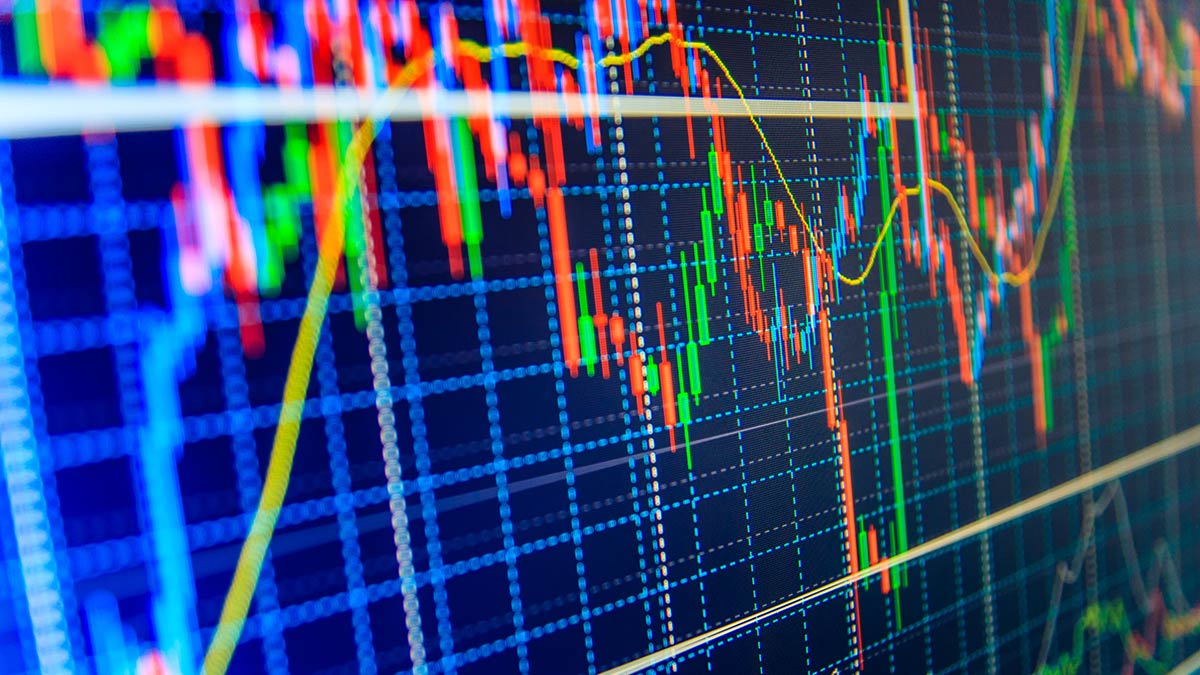The world of finance and economics can seem to be a maze filled with terms, concepts, and jargon that leave many confused. Secondary and primary markets have two essential roles that are distinct but connected in the process of any security (stocks bonds, stocks, etc.). This article aims at demystifying the two phases. It sheds light on the way businesses raise capital and how investors navigate the market.
The Birthplace: The Primary Market
Imagine a company with dreams of expansion, but restricted by its cash flow. This is where the primary market is able to play its role, serving as a means for companies to raise funds by issuing new securities. This is a process that’s associated with the Initial Public Offering, where the company is newly founded goes public. In an IPO, investors are essentially given the chance to purchase a piece of the company’s future.

Primary markets are not restricted to IPOs. Companies may also raise capital via other options, like offering new bonds or shares directly to investors from institutions or through seasoned equity offerings (selling additional shares after the IPO). The primary market, regardless of its particulars, is crucial for businesses who wish to achieve their goals.
The Secondary Market The Floor of Trading
After companies raise money on the primary markets, what comes next? This is where the lively secondary market comes to life. Think of it as a stock market, where investors can trade in securities that have already been issued. The secondary markets allow for buying and selling existing securities.
Liquidity is a key benefit of the secondary market to investors. Liquidity describes the ease at that an investment could be purchased or sold. If a company puts its securities on a secondary market (like the NYSE or NASDAQ), it allows investors to readily enter and exit their positions, providing flexibility and potentially greater returns.
The Circle of Securities : From the IPO to Everyday Trade
It is simpler to comprehend the connection between these two markets when we examine the lifecycles of securities. As soon as a business offers its shares on a primary market (IPO) and the market is ready to allow them to trade. Investors can buy and sell these shares once they are listed. This causes price fluctuations depending on supply and demand. The continuous cycle of selling and buying in the market for secondary shares plays a vital part in the process of determining price and reflects the value of the business over time.
Why should investors be concerned about this? Understanding Both Markets
Understanding both the primary and secondary market is important for investors. The primary market offers opportunities to invest in promising businesses in the beginning of their journey, potentially reaping huge returns if the business thrives. IPOs carry a high level of risk and volatility for investors.
The secondary markets, however, offer a greater range of investments options. Investors can purchase and sell their existing securities in accordance with their market analysis and research. While offering greater liquidity, the secondary market may not always present the same potential for explosive growth compared to some primary market offerings.
Investing: Choose your entry point to the market
In the end, your investment goals and level of risk tolerance will determine whether you decide to invest in the primary market or the secondary market. Investors interested in high-growth prospects should consider carefully scrutinized IPOs. Investors who are focused on stability and liquidity might prefer companies that are established and traded on secondary markets.
The continuous cycle – the financing of growth and market dynamics
The secondary and primary stock markets work in tandem to drive the stock market. Primary markets are where companies raise capital for growth while the secondary market is where investors exchange securities. The dynamic market affects the performance of the individual businesses as well as the general health of the economy.
In Conclusion: Demystifying the Two Stages
Investors can better navigate the complexities of finance when they are aware of the distinctions between the primary market and secondary market. This knowledge will help you make better investment decisions, and possibly achieve your financial goals.
